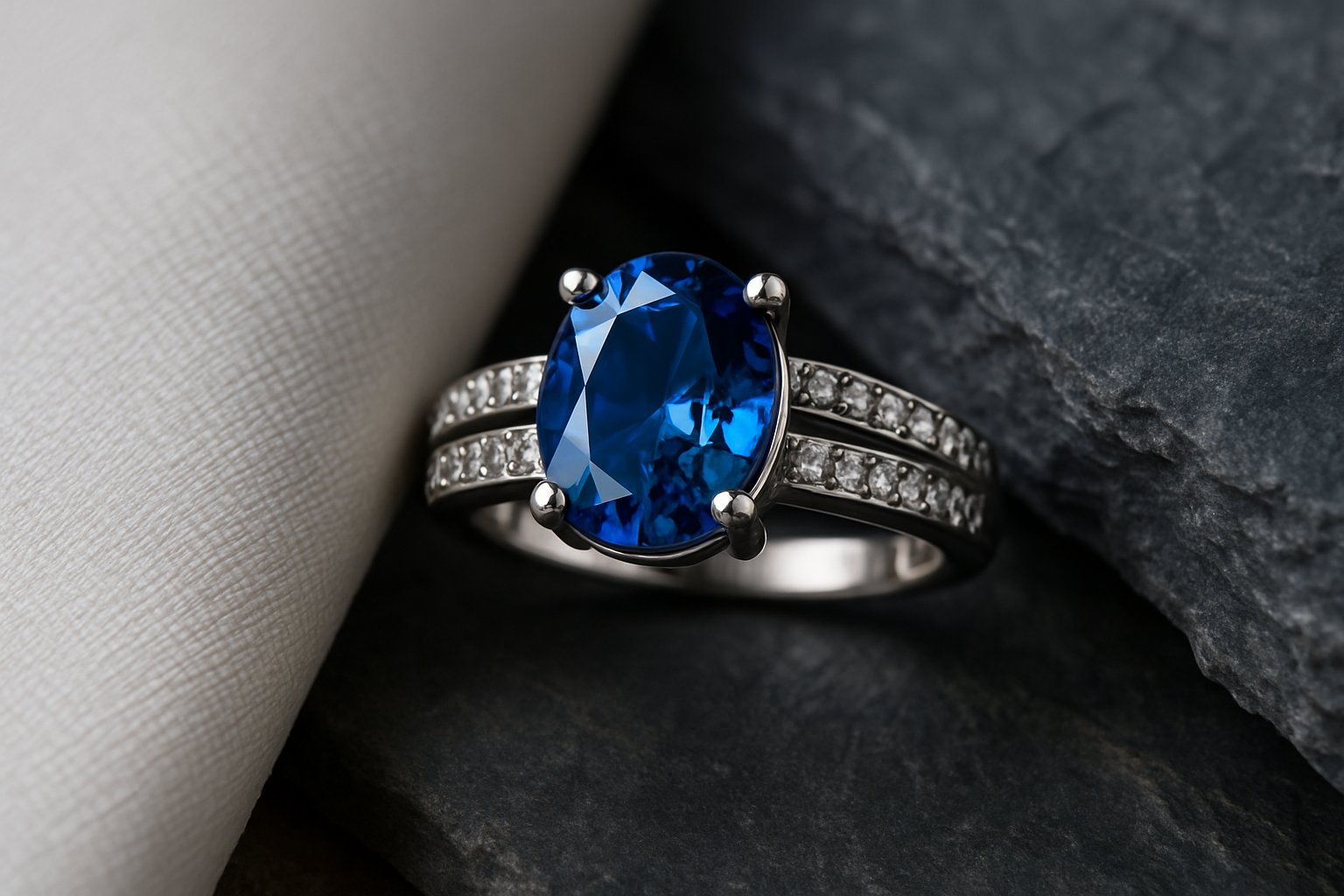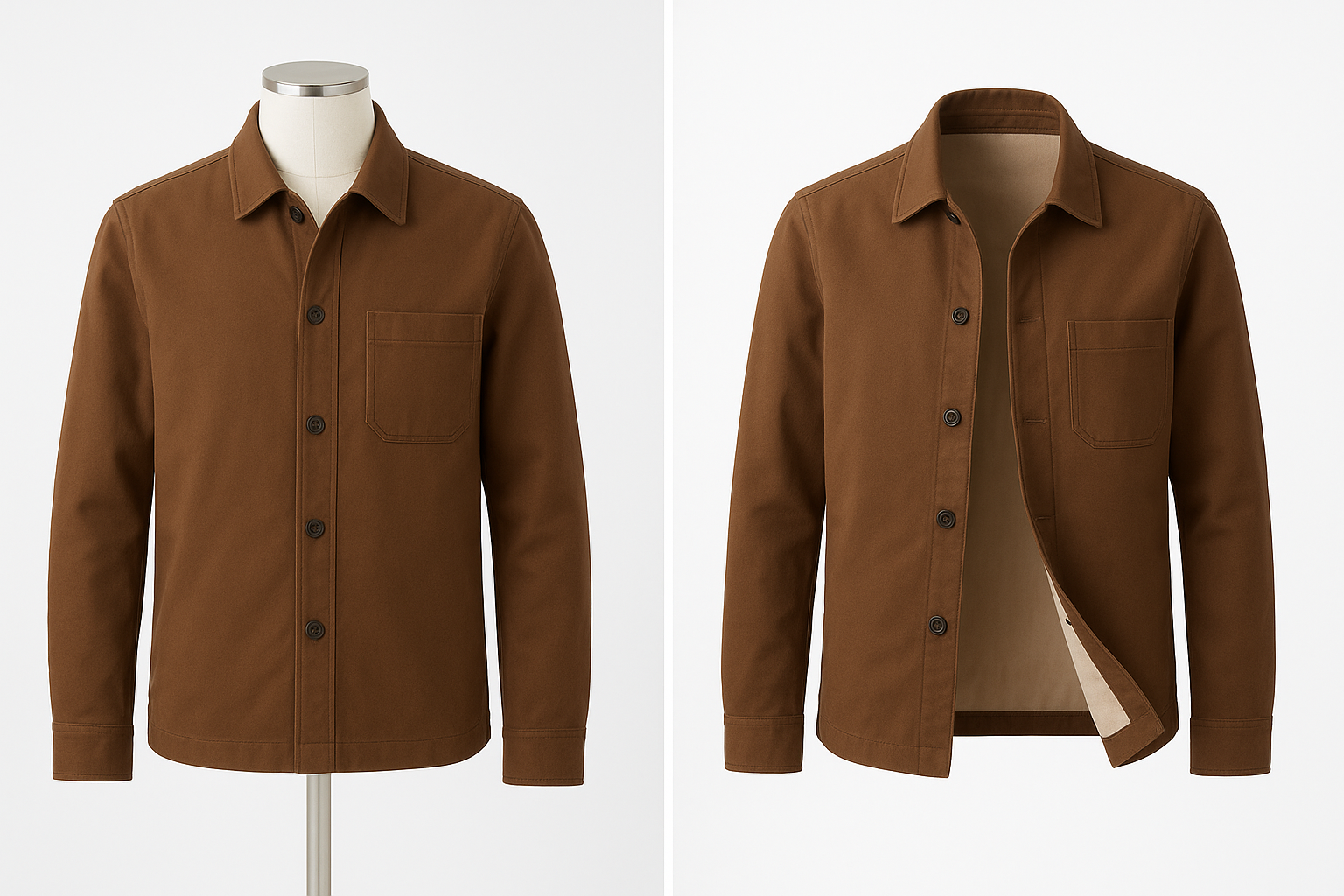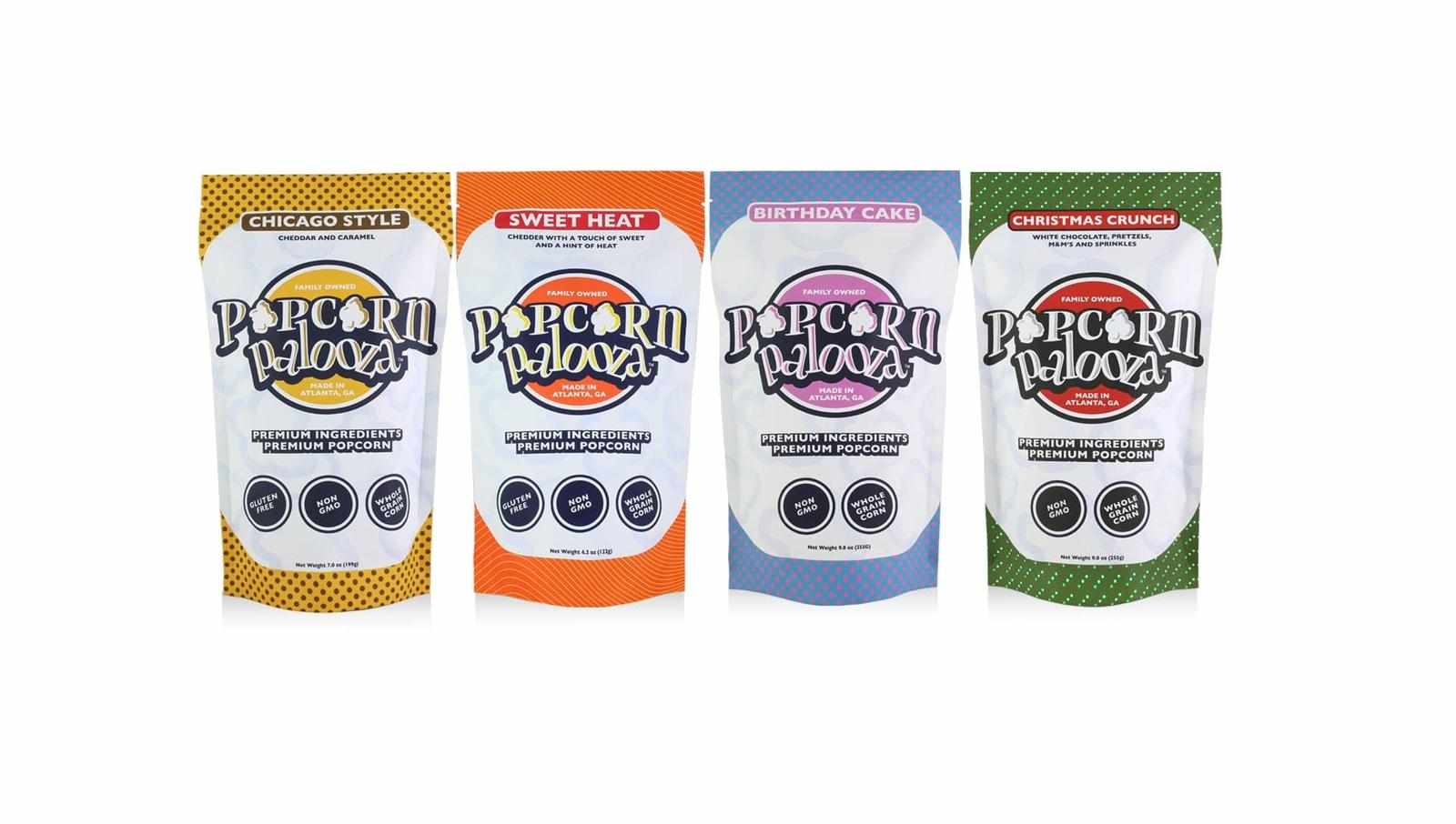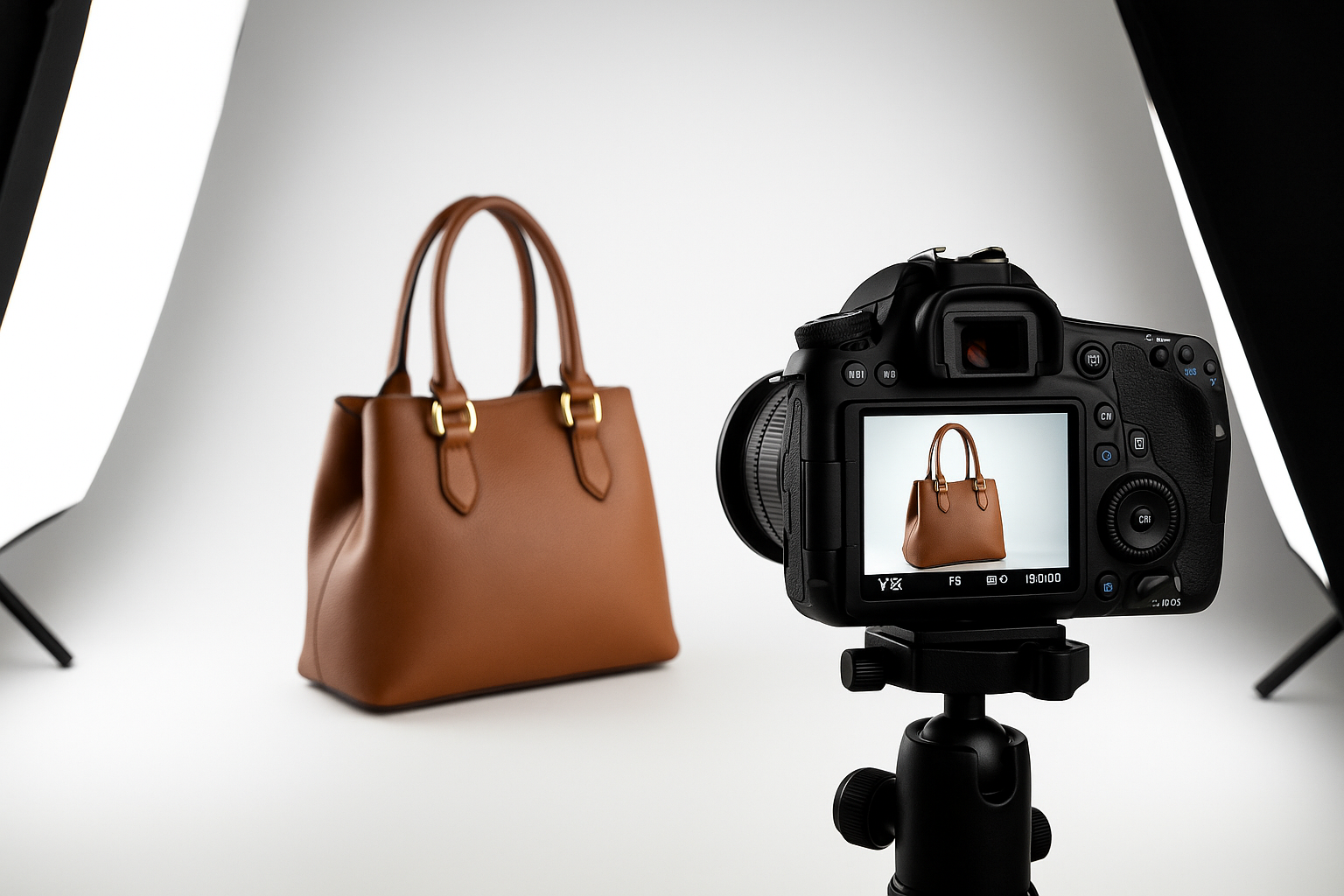
Jewelry photography is tricky—small subjects, shiny surfaces, and tiny details demand more than just a good camera and some decent lighting. To make products look as stunning online as they are in person, you need the right tools and a thoughtful setup.
High-quality photos help establish credibility, build customer trust, and increase conversions. If you want your images to look like they came straight from a high-end catalog, these five tools are essential for achieving professional jewelry photography results.
1. A DSLR or Mirrorless Camera with Manual Controls
Smartphones have their place, but when it comes to capturing jewelry with sharp detail and full control over exposure, a DSLR or mirrorless camera is the way to go. Look for models that offer interchangeable lenses and manual settings. Canon EOS R, Nikon Z series, or Sony Alpha models are excellent options. The ability to manually adjust ISO, aperture, and shutter speed is key to dialing in the right exposure for reflective metal and gemstones.
2. A Dedicated Macro Lens
A macro lens is non-negotiable for jewelry. It allows for extremely close focusing while keeping the product in sharp detail. A 90mm to 105mm macro lens works well for most setups, offering good magnification without needing to crowd the product. Whether you're highlighting intricate textures or gemstone facets, macro lenses reveal details that regular lenses just can't capture.
3. Consistent, Soft Lighting
Jewelry reflects everything—including harsh lighting and the photographer’s gear. That’s why diffused lighting is essential. Softboxes, LED panels with diffusion covers, or a light tent can help create smooth, shadow-free lighting that highlights sparkle without glare. Using daylight-balanced bulbs (around 5500K) ensures color accuracy, so your gold looks gold and your sapphires stay true blue.
4. A Reliable Tripod
Stability is crucial when photographing small objects with narrow depth of field. A solid tripod eliminates motion blur and helps maintain consistent angles across multiple shots. For best results, combine it with a remote shutter release or your camera’s timer to avoid camera shake entirely. This also makes it easier to tweak lighting or adjust jewelry placement without having to reframe every time.
5. Photo Editing Software
No matter how good your raw images are, they’ll always benefit from a little refinement. Programs like Adobe Lightroom or Photoshop let you adjust white balance, fix exposure, clean up dust or lint, and remove distracting reflections. Editing helps polish the final image while ensuring your jewelry looks true to life. The key is subtlety—enhance what’s there, don’t mislead.
Final Thoughts
The difference between average and standout jewelry photography often comes down to gear. With the right tools, even a simple home setup can deliver studio-quality images. Whether you're showcasing fine gold pieces or trendy costume jewelry, these essentials will help you achieve clean, consistent, and professional-looking results every time.





Write a comment ...